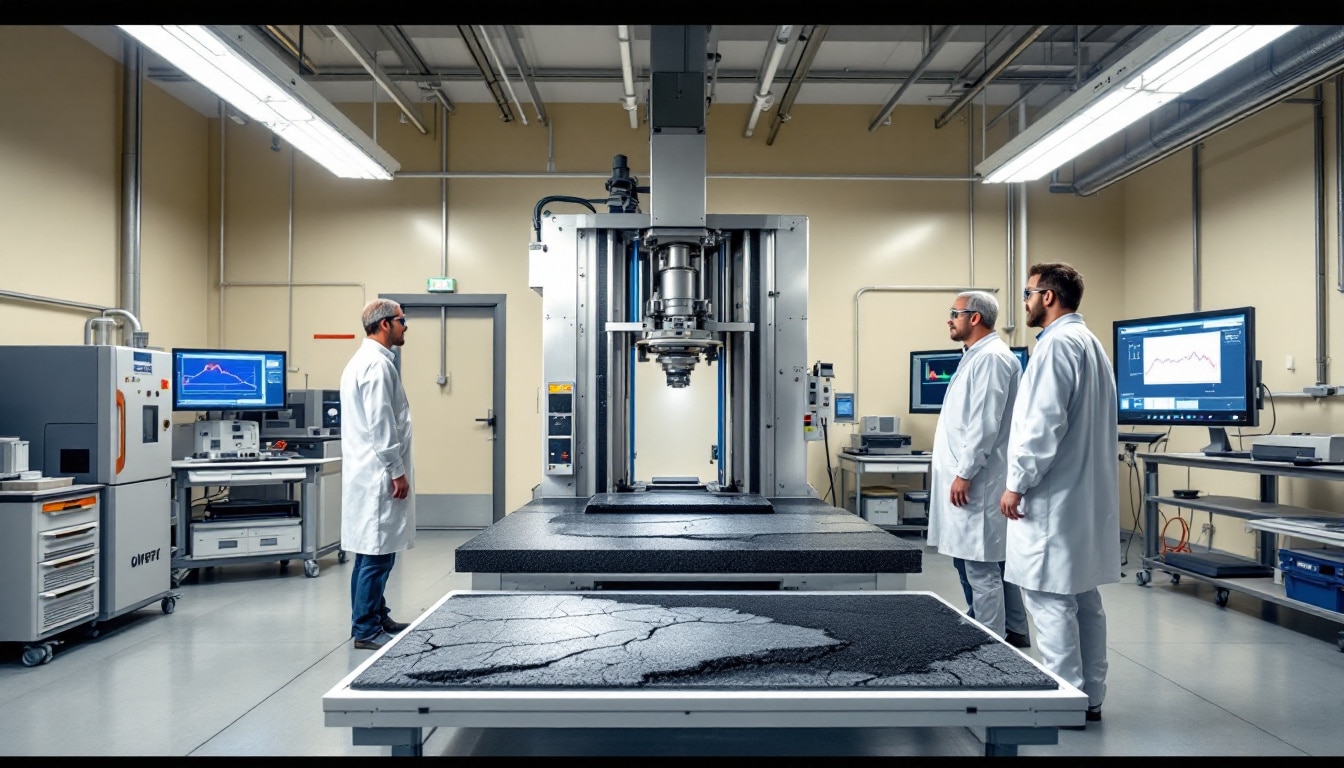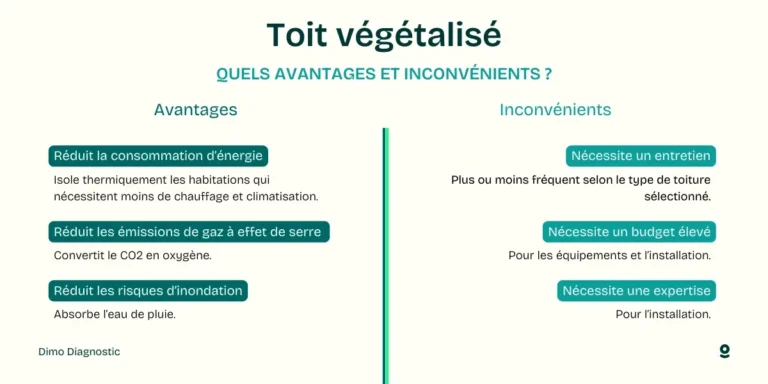Asphalt pavements constitute the majority of global road networks, withstanding daily assaults from repeated loads and varying weather conditions.
However, despite their robustness, these surfaces are not immune to signs of deterioration, notably through the development of fatigue cracks.
Understanding the mechanisms behind these degradations is essential for prolonging the lifespan of road infrastructures.
The progressive accumulation of damage due to variable axial loads poses a major challenge for civil engineers. Recent advances in the study of modified asphalt mixtures offer new perspectives for improving their resistance. By exploring nonlinear models, researchers aim to better predict the performance of pavements under real traffic conditions. This innovative approach allows for the refinement of design and maintenance methods, thereby ensuring a more sustainable and reliable infrastructure.

Global road networks, including in India, primarily rely on asphalt mixtures designed to withstand service stresses throughout their intended lifespan. However, the performance of these pavements is often compromised by repetitive loads and varying weather conditions, leading to the development of different forms of deterioration. Among these deteriorations, fatigue cracking stands out as one of the most significant distresses observed in asphalt mixtures [31], [34], [10]. To mitigate this phenomenon, paving researchers have undertaken several initiatives aimed at understanding and improving the fatigue performance of asphalt mixtures.
Table of Contents
ToggleWhat are the main factors influencing the fatigue of asphalt mixtures?
The fatigue of asphalt mixtures is primarily influenced by two factors: repeated axle loads and climatic conditions. Repetitive loads cause an accumulation of damage, leading to a gradual deterioration of asphalt mixtures over time, followed by the generation and propagation of cracks. Additionally, the viscoelastic nature of the asphalt binder adds further complexity to the analysis and modeling of fatigue, as it makes the behavior of the mixtures dependent on variable loading conditions throughout the lifespan of the pavement.
How do modified mixtures improve fatigue performance?
The introduction of modified mixtures represents a significant advancement in improving the fatigue resistance of asphalt pavements. Recent studies have shown that the use of modified asphalt binders, such as PMB, CRMB, and SMB, increases the adhesion energy between the binder and the aggregates, which delays cracking at the interface and prolongs the fatigue lifespan of the mixtures [21], [27]. For example, a case study revealed that the incorporation of modulated binders allows for better stress dispersion, thus reducing the crack propagation rate under variable loads.
What models exist to evaluate cumulative fatigue damage?
The evaluation of cumulative fatigue damage (CFD) is essential for estimating the lifespan of pavement structures under variable loads. Among existing models, the linear rule of Miner is commonly used for asphalt mixtures [12], [13], [22], [39]. According to this rule, CFD is the sum of the ratios between the expected number of load cycles and the number of cycles leading to failure by cracking. However, this approach has limitations, notably its inability to accurately represent real loading conditions where load amplitudes vary [14], [41].
What is the validity of the Miner rule in the context of asphalt mixtures?
Although the Miner rule offers a simple and conservative method for predicting fatigue damage, its validity is debated when it comes to asphalt mixtures subjected to low and variable amplitude loads. This method was initially developed from uniaxial tensile tests on aluminum samples, which do not accurately reflect field conditions for asphalt mixtures [14], [41]. Consequently, it is crucial to develop accumulated damage models that account for the non-linearity induced by the viscoelastic nature of asphalt binders. An experimental study demonstrated that nonlinear models provide a better fit with field data, thus emphasizing the need to surpass traditional approaches.
How do real loading conditions influence damage modeling?
The real loading conditions are characterized by a wide range of axle loads and frequencies, imposing varying stress levels at any specific location on the pavement. This variability requires sophisticated modeling to estimate the extent of fatigue-induced cracking [28]. Mixtures made with different binders and aggregate gradations exhibit distinct behaviors under these complex loadings. For example, the use of double-graded aggregates, combined with modified binders, can improve stress distribution and reduce crack growth. Integrating these parameters into cumulative damage models allows for a more accurate assessment of the resistance of mixtures to repeated loads and facilitates the optimized design of pavements.
What are the recent advances in research on reactive materials for pavements?
Contemporary research explores new frontiers in reactive materials, such as 4D printing, which introduces adaptive capabilities in paving materials [35], [7], [8]. These innovations allow for the design of asphalt mixtures that can respond dynamically to environmental changes and load variations. For example, research on 4D printing shows significant potential for creating pavements that can adjust their mechanical properties in real-time, offering enhanced durability and improved resistance to fatigue damage.
What recommendations are made for future work in this field?
Despite the advancements made, several challenges persist in the modeling of damage related to the fatigue of asphalt mixtures under variable amplitude loads. Current models require improvement of their accuracy, an extension of their applicability to a wider variety of scenarios, and the incorporation of real-world data to better represent the complex behaviors of paving systems. Future research should also focus on integrating additional parameters, such as environmental properties and specific characteristics of modified binders, to further refine predictions of pavement lifespan. Additionally, in-depth studies on the interactions between different types of loads and the responses of modified mixtures could offer innovative perspectives for the future design of road infrastructures.
How are technological innovations revolutionizing the construction industry?
Technological innovations, such as 3D printing and 4D printing, are radically transforming the construction sector by providing new possibilities for the manufacturing of resilient materials and structures [36], [9]. For example, the revolution in the automotive industry through 3D printing shows how similar techniques can be applied to create customized asphalt mixtures optimized for enhanced fatigue resistance and better integration with aggregates. These emerging technologies offer promising solutions to meet the challenges posed by variable loads and the durability requirements of modern infrastructures.
What are the concrete impacts of research work on road infrastructures?
Ongoing research work has direct implications for the design and maintenance of road infrastructures. For instance, a recent study documented a case where a house collapsed in Tilly due to poorly planned works, highlighting the crucial importance of accurate damage modeling related to fatigue [37]. By integrating the findings of in-depth research into construction practices, it is possible to prevent such incidents by ensuring better resilience of materials and structures. Furthermore, adopting advanced models allows for more efficient planning of maintenance interventions, thus reducing long-term costs and improving road user safety.
#>
















